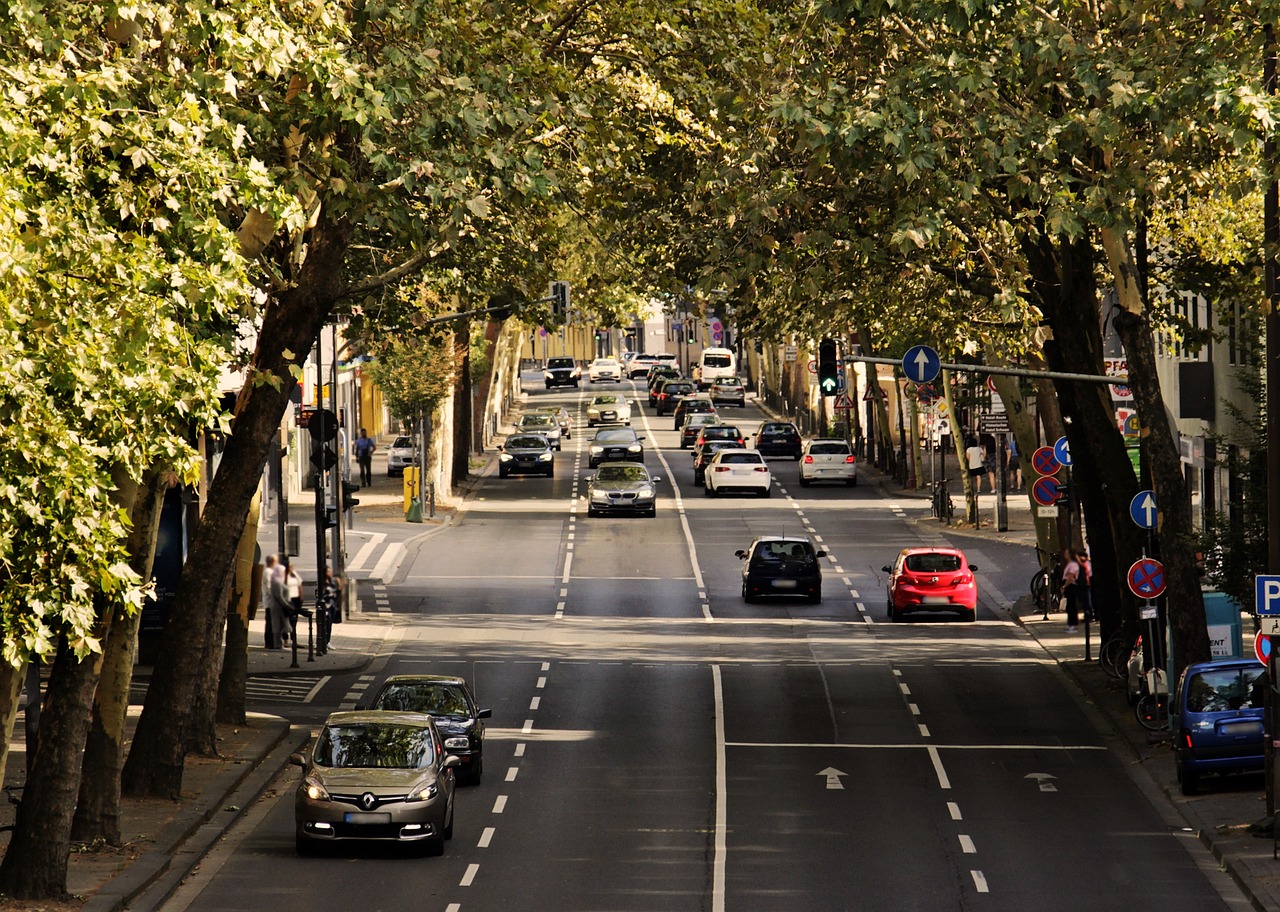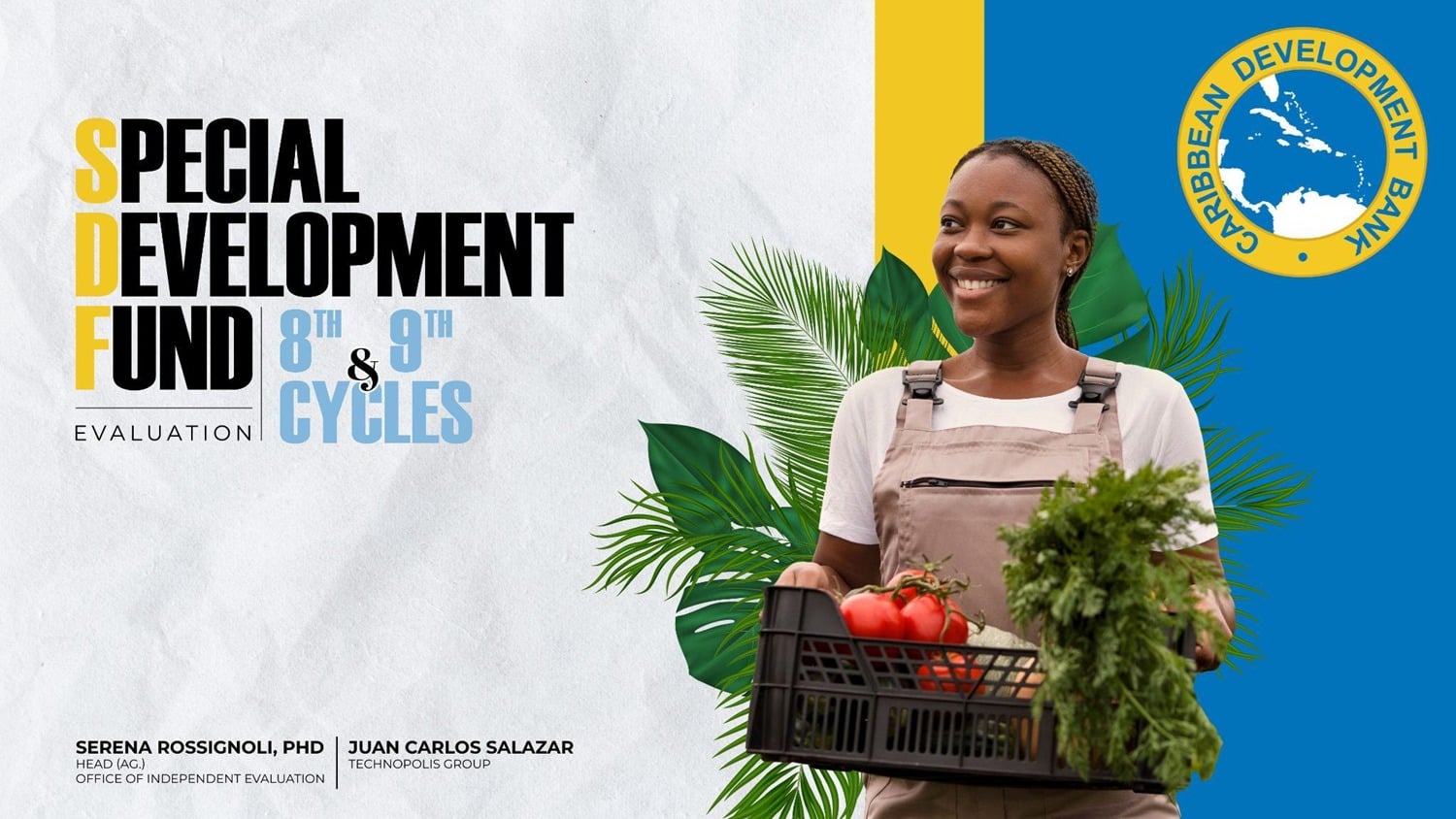On behalf of the Inter-American Development Bank, Technopolis performed a policy comparison to provide insight into the latest state of play in bioeconomy policy in several leading countries (see Box 1). A further goal was to provide lessons and inspiration to Latin American countries wanting to reap more benefits from their bioeconomic resources.
It is known by innovation researchers that in general the dissemination of innovations (be they technical, social, or institutional, like policies) will only be fruitful if the local context (laws, resources, industrial base) is taken into consideration. As most countries will not have the resources, nor the long-term policy focus of, for example Germany, this article focuses on several no-regret options that are relatively easy to implement and could be the start of a more advanced bioeconomy approach. The explicit assumption here is that nations are interested in investing in the bioeconomy with the aim of producing products that are higher on the value ladder and developing the bioeconomy “ecosystem”, which includes the National Innovation System. An additional assumption is that research, development and innovation is difficult to steer and that the creativity of all stakeholders needs to be addressed to tackle national challenges and to reap the benefits of innovation; this requires an open attitude on the part of government and linkages among different partners (see Box 2).
Figure 1 – Summary of bioeconomy policy comparison
Policy to stimulate the bioeconomy is of great interest to a range of countries. However, the exact status of these policies is often difficult to determine, since the bioeconomy is a theme or sector that covers many different policy domains and is also subsumed by wider policy initiatives.
– In some countries, bioeconomy is defined as a broad strategic goal, but the operationalisation has not taken place.
– In all countries, there is a push by (commercial) stakeholders to provide more clarity on ambitions and to back these up by concrete governmental plans.
– The transition to a more biobased economy is a long term process and it is difficult to evaluate policy progress at this point in time. National statistics are often inadequate to capture the breadth of the bioeconomy.
– Successful interventions build on sustained policy activities that link to existing initiatives, for example in promoting research and development, or providing skills for 21st century jobs.
– Advanced countries build upon broadly available science, research and innovation infrastructures. Investments in bioeconomy infrastructures, such as biorefineries and labs, require relatively large sums of money (order of 10+ million dollars).
– For Latin American countries a gradual approach that links with national strengths and specialisations is advisable.
Fact finding
The concept of the bioeconomy is very broad and encompasses many different sectors of the economy. Innovations are often driven by small enterprises that offer niche applications, sometimes replacing non-bio alternatives. The bioeconomy is therefore also ever-expanding: as innovations take place with biobased materials, new sectors are drawn into the bioeconomy. Developments in novel bioeconomy applications are difficult to find and are not captured in official statistics.
A first step in countries that have the ambition to expand their bioeconomy, is to establish some kind of observatory that keeps track of regional/national developments. An observatory can either be outsourced or placed under relevant ministerial control.[1] Such an observatory could cover both qualitative and quantitative data regarding the bioeconomy:
- who are the top 50 companies (large, small)?
- who are the top 50 researchers?
- what NGOs are active in the field?
- what are stakeholders’ expectations about the bioeconomy?
- what are national strengths and can bioeconomic innovations be used to support these?
- are there policies in place to promote these strengths and can they be leveraged?
- what are the key statistics (if any)?
On the last point: even countries with advanced plans for the bioeconomy struggle with the “invisibility” of the bioeconomy in official statistics. Often, industry classification codes are either too narrow (focusing only on “traditional” bioproducts) or too broad (covering whole subsectors where bioproducts are only partially used). A next step in the fact finding process will be improving statistical data gathering. It would be advisable to do that in coordination with other national statistical institutes, so that statistics can be compared regionally.
Finally, the fact finding activities also have a future component. Next to finding more information on the status quo, it is important to understand what trends are shaping the bioeconomy under the motto “the biomass you have today is not the biomass you will have tomorrow”. Large international economic developments may disrupt markets (growing demand from USA for corn for fuel, leading to higher corn prices, leading to a tortilla crisis); new technologies in labs may alter product requirements and specifications in due time. For any national planning on stimulating the bioeconomy or strengthening it, it is important to know in what ways current strengths can be exploited in the future and in what ways weaknesses can be mitigated.
Stakeholder identification and engagement
We have seen that in quite some countries there is a drive from non-governmental players to build bioeconomic policies where they are absent and solidify them where they already exist. In identifying opportunities and threats, it is important to gather information from different sources; howevere, these information sources should not only state (their own) positions but also offer suggestions and directions for further development. Initiatives for strengthening bioeconomy may derive from existing interests in forestry or agriculture, a drive towards more high-tech R&D, or an environmental or political incentive to become less dependent on petrol-based products. Bringing the fact finding of stakeholders one step further, different players that are in the quadruple helix (government, business, academia, society) should be further questioned about their drivers, demands, and disincentives concerning the bioeconomy in their country.
From a governments’ perspective, supporting a network of businesses or even wider a network of people seriously interested in the bioeconomy can prove an invaluable source of inspiration and information. As the bioeconomy is still very much developing, it should be noted that any perspective (even that of government or “neutral” researchers) is necessarily biased. Organising a forum to amass different viewpoints is a relatively low-cost approach from which new connections, new combinations and new energy can emerge. When organising such activities it is important to realise that SMEs, often the driving force of innovation, need to be incentivised to partake in discussions, as they do not have the luxury of larger corporations of having specialised strategists.
Regulatory framework
The bioeconomy often involves new products as alternatives to non-biological sources. These new products often have to comply with regulation that was not designed for innovations and that may stress characteristics that are not delivered by new biological supply networks. It is important to review the regulatory framework to see what rules are unnecessarily hindering bioeconomy development. If they are truly unnecessary, they should be removed. However, a review of regulations may also lead to additional requirements to bioproducts that could be resolved with further R&D and innovations.
A wider perspective on the bioeconomy focuses on the wealth provided by biodiversity and the benefits that can be derived from characteristics of new species. In a situation in which the bioeconomy grows and more resources are being saught, it is important to judiciously distribute the economic benefits deriving from genetic heritage, indigenous use, as well as intellectual property deriving from research. Nations are advised to follow the international developments in biodiversity laws.
Build on existing policies
Next to the regulatory do’s and dont’s, there is a wider array of instruments that governments employ to stimulate their economy, including subsidies, incentives, agreements. Rather than implementing totally new policies, it is advisable to divise ways of adapting and/or extending existing policies to focus on bioeconomy goals. Secific policies that could be extended or adopted are industrial policies, SME-focused policies, or skills-focused policies.
Innovate and experiment, build R&D capacity in the wider economy
As biobased innovations can take many different shapes, it is difficult to draw a clear line of which technologies and applications are to succeed which is why the aforementioned foresight capability is important. Therefore, it is equally important to build the innovative and absorptive capacity of countries, probably starting with the more applied sciences. Innovations can have different shapes and not all of them are necessarily in high-tech, fundamental fields. One example that comes to mind is the revival of wood as a building material: new insights in construction have led to wood replacing concrete, even in high-rise buildings. This revaluation (“come-back”) of wood requires several players in the building industry to innovate; not only the suppliers of wood (with specifically defined quality characteristics) but also architects and builders who need to change their standard ways of thinking and working.
Build gradually, leapfrog if possible
In line with what we described in the previous paragraph, the spectrum of opportunities in the bioeconomy is broad, ranging from low-tech to high-tech. In between brewing beer and CRISPR-Cas, there are many opportunities for developing and commercialising innovations. It is advisable to first build basic capacities and increasing sophistication (and value) over time. Given a country’s level of development, it is realistic to differentiate between sectors or (scientific) fields in which one can be a late adopter (when all pros and cons of an innovation are clear), an early adopter (which builds upon the pioneering activities of other nations), or a true pioneer.
Figure 2 An innovation and industry perspective on natural resources
Whereas in traditional economic and political thinking natural resources can be a curse, a more recent perspective emphasises that linkages which enable learning and innovation within natural resource industries, as well as between these industries and the wider economy, are key to promoting development. While some natural resource intensive development occurs via the market, government and policy impulses have a defining role to play in accelerating this process.
Key to the fruitful utilisation of natural resources, is learning across value chains, sectors, producers and consumers. Natural resources can, under proper management, be an opportunity. This is particularly true in the current global context, characterised by e.g. the increased technological and innovation capabilities of many emerging and developing countries; the increased focus on corporate social responsibility and local sustainability, as well as the integration of many economies into global value chains.
Natural resource industry growth must be accompanied by a process of learning, innovation and competence building within (producers), around (suppliers and users), and beyond (inter-industry) production activities. Linkages within and between value chain actors (such as suppliers, processors and customers) and other actors in the innovation system (e.g. research institutes and regulatory agencies) drive and enable learning, competence building, knowledge transfer and innovation.
Three main types of linkages play a role:
– Backward linkages refer to the local sourcing of inputs such as machinery (e.g. grain combines for wheat harvesting), products used during natural resource extraction (e.g. chemicals used during oil drilling) and services (from catering to IT-systems). Backward linkages are particularly strong when there are ‘local specificities’ and tailored solutions are required. For instance, salmon farming in Chile required the development of new fish cultivating process innovations compared to market leader Norway due to different environmental conditions and antibiotics regulations.
– Forward Linkages refer to the local development of downstream value chain in terms of further processing or manufacturing, such as the production of steel from iron ore producing countries. These are often more difficult to develop, as they are an opportunity and not just a necessity (if you build ships, you need steel. If you produce steel, you don’t need to build ships).
– Lateral linkages can be established through suppliers using knowledge and skills developed in the natural resources sectors to be applied in other sectors, when products or process technology migrate between sectors (e.g. the development of bioremediation technologies to deal with environmental damages from gold mining). As such, they can be considered inter-industry knowledge spillovers. Lateral linkages are especially important for diversification of an economy.
Source: Carlos
Hinojosa, Matthias Ploeg, An innovation and industry perspective on natural
resource development: opportunities and challenges, December 2016, http://www.globelics.org/wp-content/uploads/2017/02/137107-AAU-Globelics_policy_briefs_natural_resource_development_web.pdf
[1] It goes without saying that for the identification of best cases and good examples, industrial stakeholders or intermediaries are good sources. For a more balaced assessment of strengths and weaknesses, a more independent observatory would be needed.






